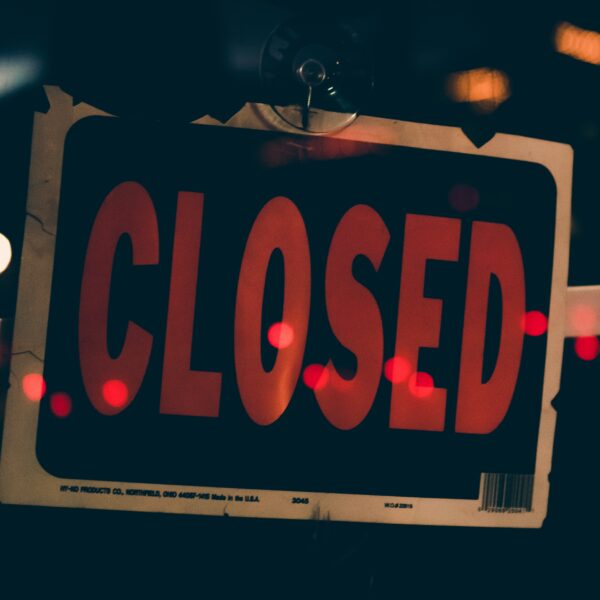Pharmacy deserts, also known as pharmacy shortages, refer to areas where there is a lack of pharmacies or limited access to essential medications and pharmaceutical services. These deserts tend to occur in underserved communities, particularly in rural or low-income urban areas, following a similar pattern to what we saw when maternity deserts first began to show.
The existence of pharmacy deserts represents a concerning disparity in access to essential medications and pharmaceutical services. Addressing this issue first requires understanding what causes it, the effects and importance of combating it, and then coming together to do exactly that. Read below to learn more about this situation and how we can go about fixing it.
The Impact of Pharmacy Deserts on Communities
Healthcare disparities, medication access, health outcomes, community health, and public health challenges are all interconnected topics that play a crucial role in shaping the overall well-being of individuals and communities.
Healthcare disparities refer to the differences in access to quality healthcare services and outcomes among different populations. These disparities can be influenced by various factors such as race, ethnicity, socioeconomic status, geographic location, and insurance coverage. One key aspect of healthcare disparities is medication access. Access to affordable and essential medications is vital for individuals to manage their health conditions effectively.
However, many individuals face barriers such as high costs, lack of insurance coverage, limited availability in certain areas, or inadequate knowledge about available resources. Individuals facing these barriers may also experience delayed diagnoses or inadequate treatment options which can lead to poorer health outcomes compared to those with better access to care.
In terms of pharmacy deserts, communities run the risk of not being able to receive medication constantly or on time, leaving them to suffer longer or perhaps entirely miss the window of opportunity for treatment.
Factors Contributing to the Existence of Pharmacy Deserts
In many rural areas and low-income neighborhoods, access to essential healthcare services can be a significant challenge. One particular concern that has been on the rise is the closure of pharmacies in these underserved communities. This issue is often compounded by geographic barriers and transportation issues, further limiting residents’ ability to obtain necessary medications and healthcare products.
Geographic barriers play a crucial role in exacerbating this problem. In remote rural areas, where the nearest pharmacy may be several miles away, residents face difficulties accessing essential medications promptly. Additionally, low-income neighborhoods often lack sufficient resources and infrastructure, making it challenging for individuals to access quality healthcare services nearby.
Transportation issues further compound the problem by limiting residents’ mobility options. Many individuals in these communities may not have reliable transportation or cannot afford public transportation costs. As a result, they are unable to easily commute to distant pharmacies or health facilities.
Strategies for Combating Pharmacy Deserts
Telepharmacy services, mobile pharmacies, community partnerships, policy changes, and financial incentives are all key factors contributing to the improvement of healthcare access in underserved areas. In recent years, the concept of telepharmacy has gained significant attention as a means to bridge the gap between patients and pharmacy services. Through telepharmacy, individuals in remote or underserved areas can access medication-related advice and assistance from licensed pharmacists using video consultations or phone calls.
Mobile pharmacies have also emerged as a solution to bring essential medications directly to communities that lack easy access to traditional brick-and-mortar pharmacies. These mobile units are equipped with necessary pharmaceutical supplies and staffed by licensed professionals who can provide prescription refills, health screenings, vaccinations, and medication counseling on-site.
Non-healthcare entities have also stepped up to move into healthcare spaces. While they are not doing it for the sole focus of closing the healthcare accessibility gap, their efforts are still making a major difference. Major companies like Costco, Walmart, and Amazon have all begun to take a step into healthcare services such as pharmacy.
To ensure long-term success and sustainability of these initiatives, community partnerships play a crucial role. Collaboration between local healthcare providers, non-profit organizations, government agencies, and pharmacy associations is vital in identifying areas of need and implementing effective strategies to address them. By working together, stakeholders can pool resources and expertise to establish pharmacy services in underserved regions.
Financial incentives are also being offered by various entities to encourage pharmacies to establish themselves in underserved communities. These incentives may include grants or tax breaks for opening pharmacies in designated medically underserved areas or offering enhanced reimbursement rates for pharmaceutical services provided within these regions. By providing financial support for pharmacy operations in underserved areas, governments and organizations aim to improve access to essential medications while promoting overall healthcare equity.
Thankfully, there are many efforts in play to keep pharmacy deserts from becoming more prevalent, but there is always more that we can do to help speed up the process of getting rid of them entirely. If you are looking to help as a pharmaceutical or healthcare professional by finding a new job that needs your skills, then click here to check out our job boards. If you are looking for something different than what you see, then connect with one of our dedicated recruiters as early as today by filling out the form here.











